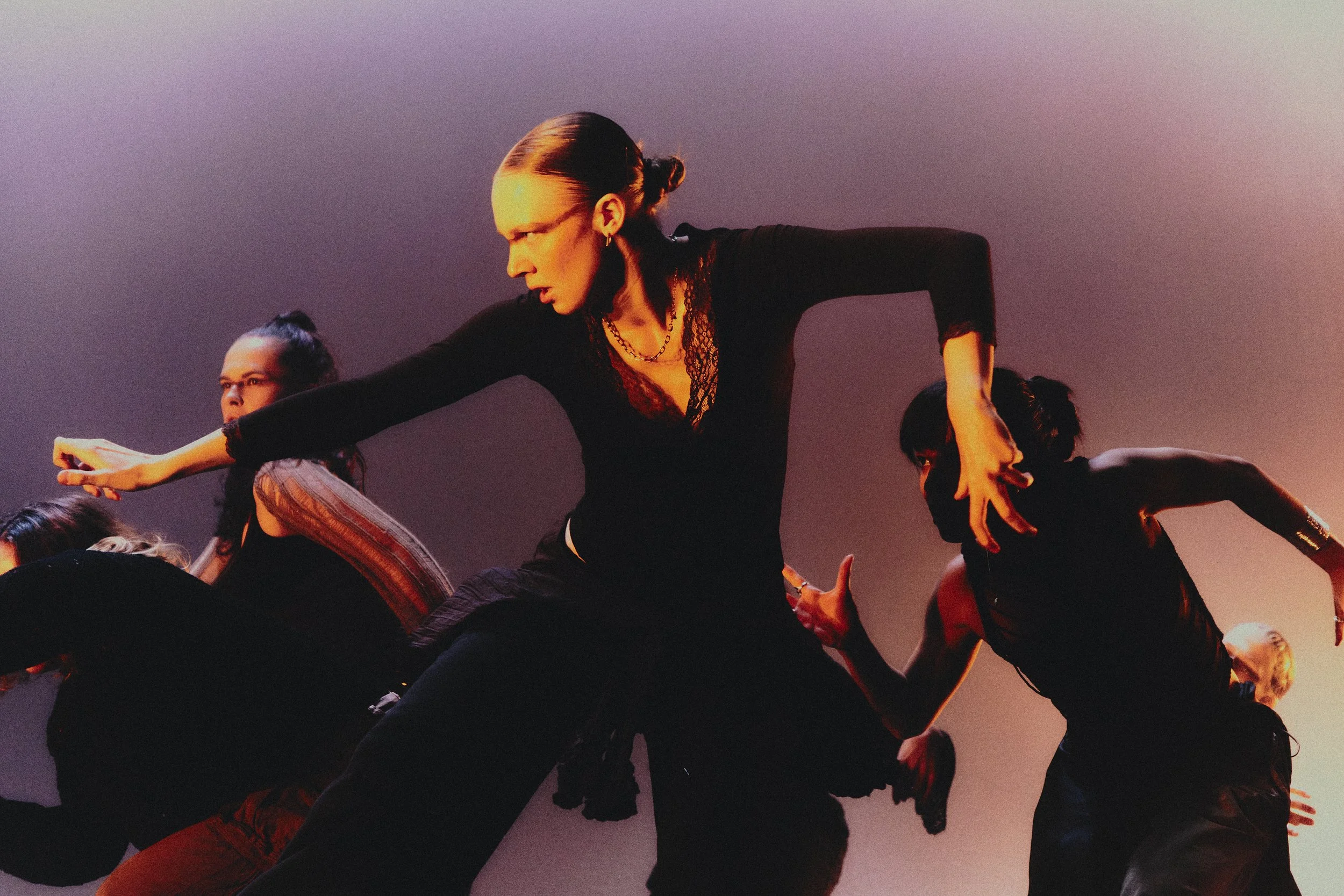Dance // Offline in review
Words KARLY BENSON | Images SHOKIRIE CLARKE
The Manor LDN’s Dance // Offline showcased raw talent and a vibrant community — now all it needs is more people to see it.
On Sunday, September 28th, The Manor LDN celebrated a major milestone with its first live performance, Dance // Offline. Held at Indigo at The O2, the showcase was a bold step from the previous performances in Studio 1 at The Manor, which seats 150. The event was split into two parts, Dance // Emerge and Dance // After Dark, and featured over 30 choreographers, panel discussions, and hundreds of dancers from across the UK and internationally.
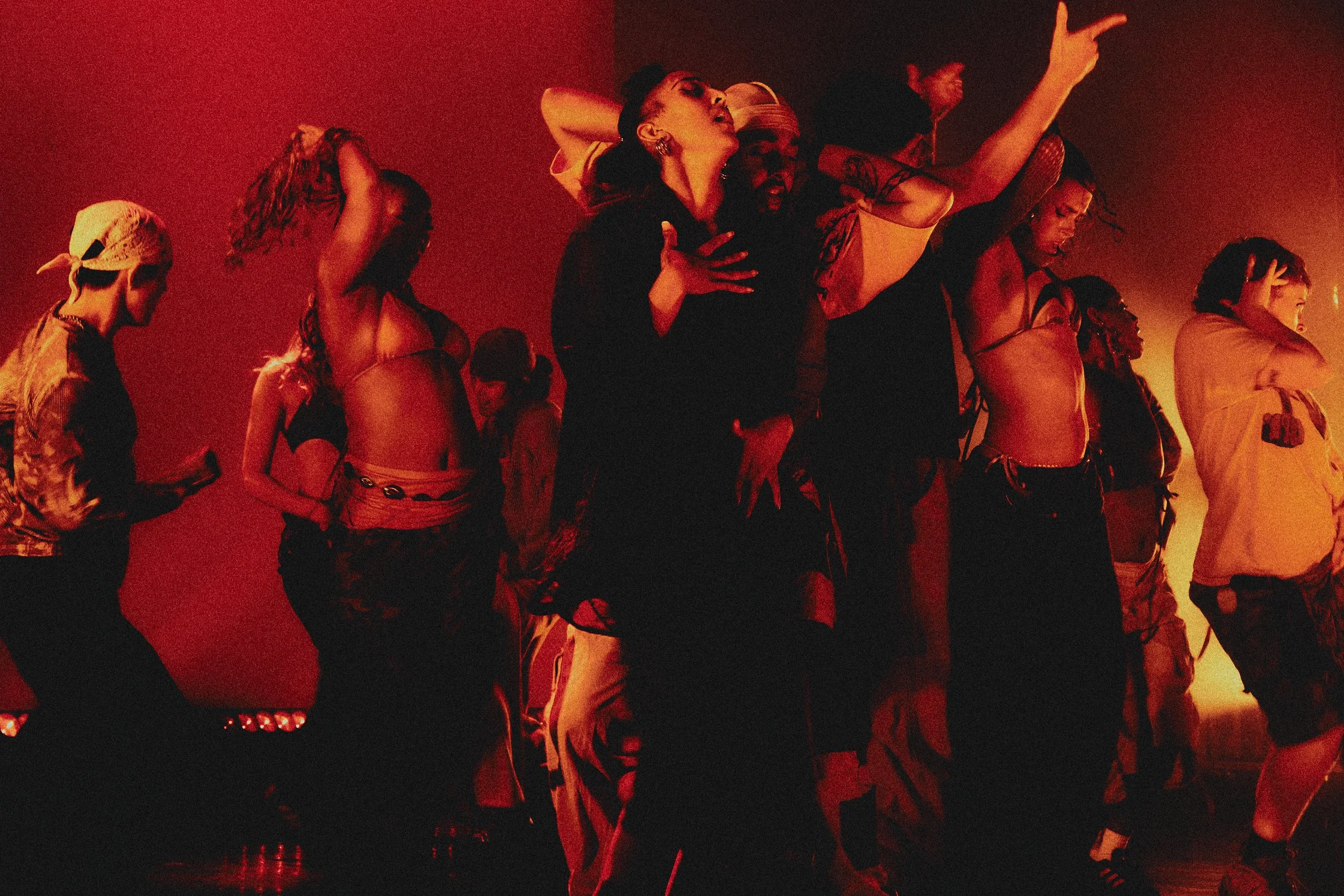
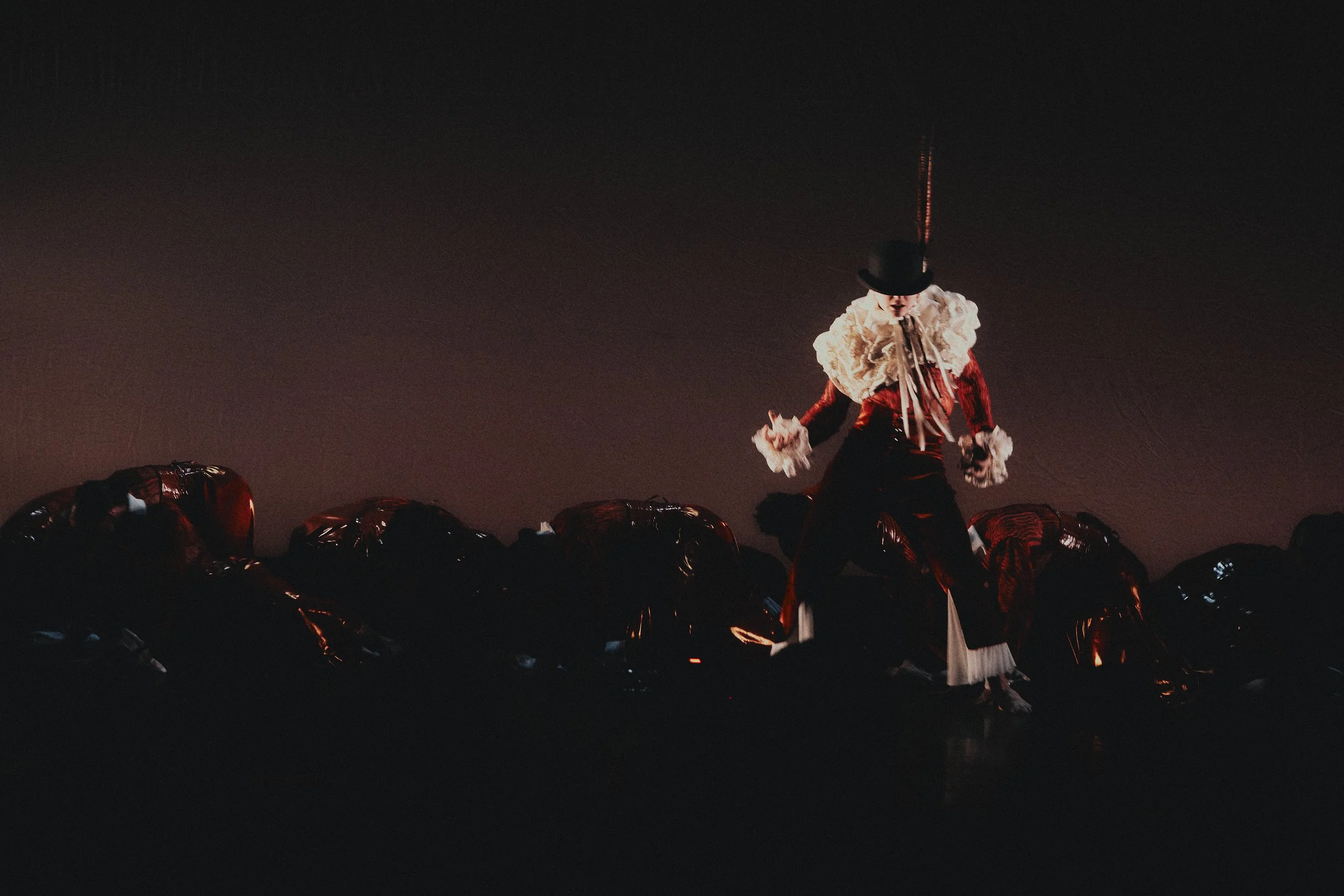
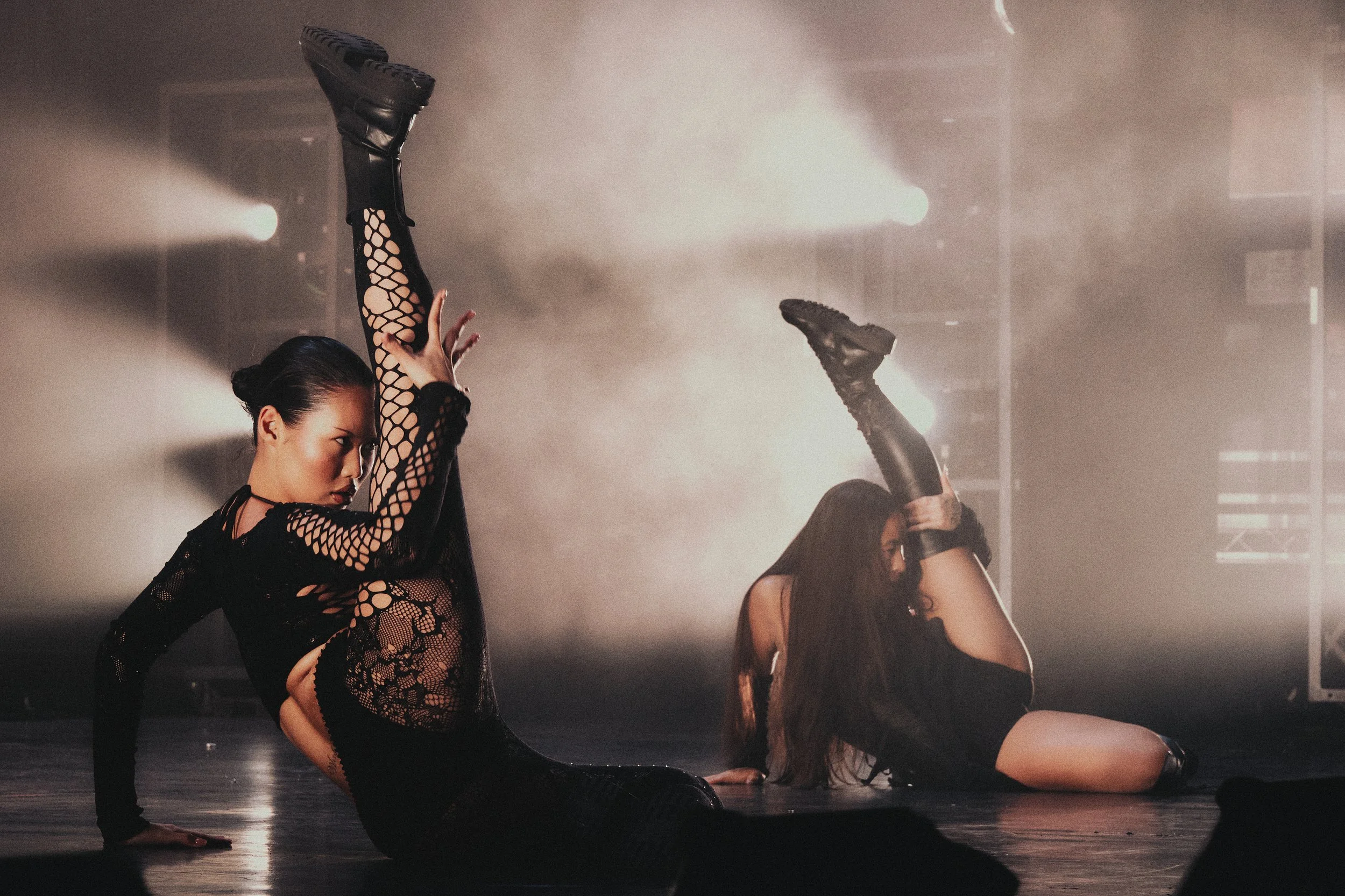
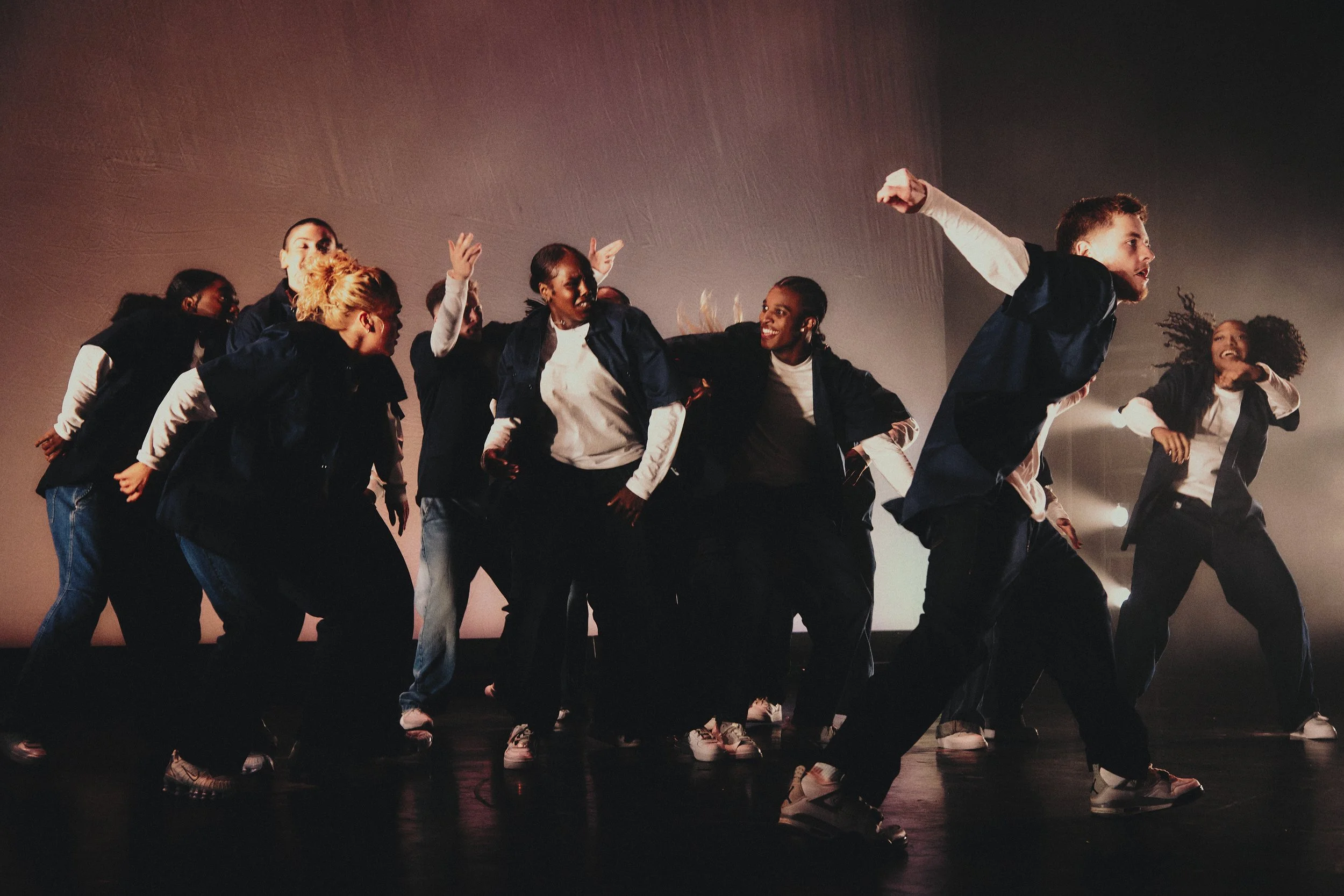
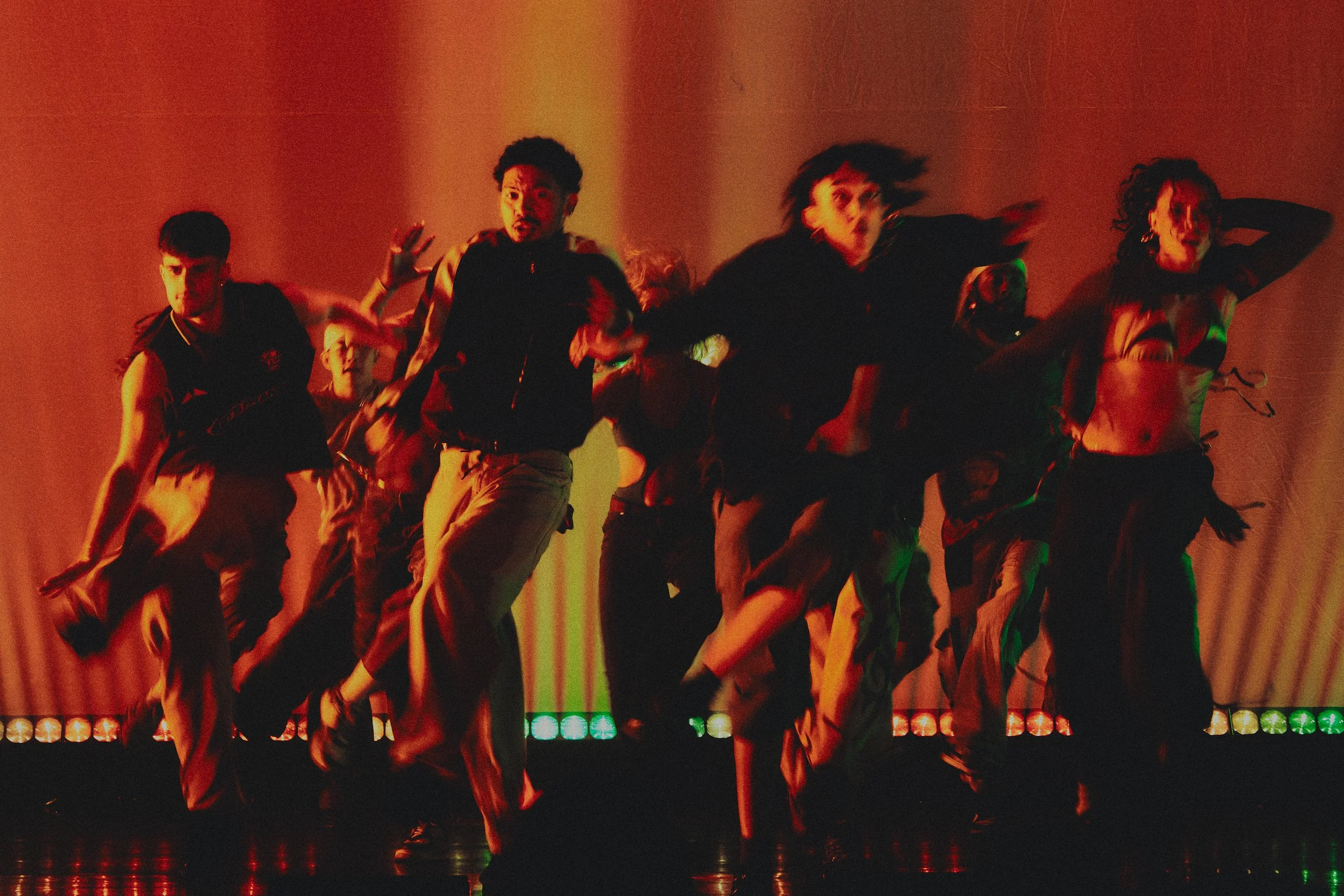
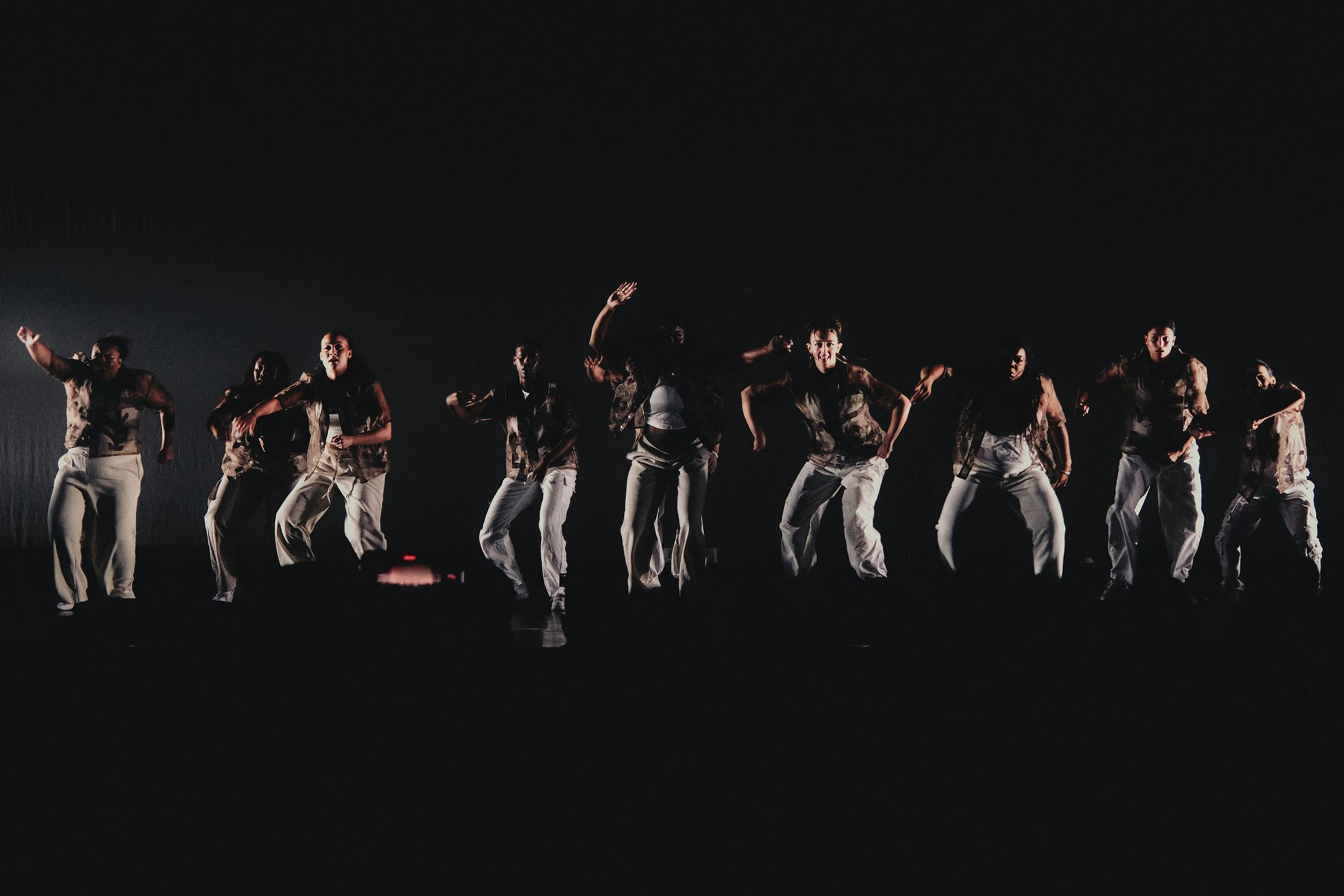
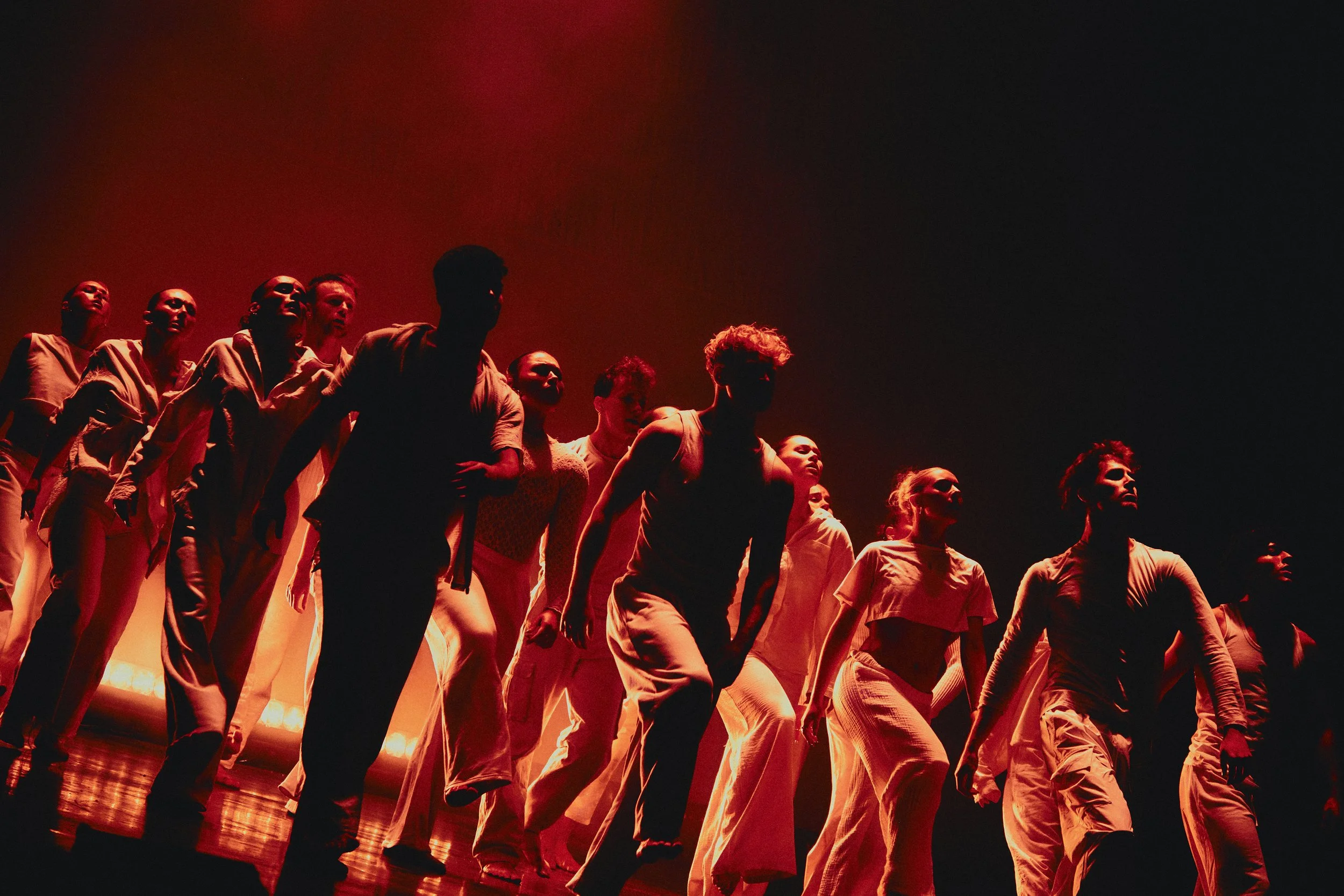
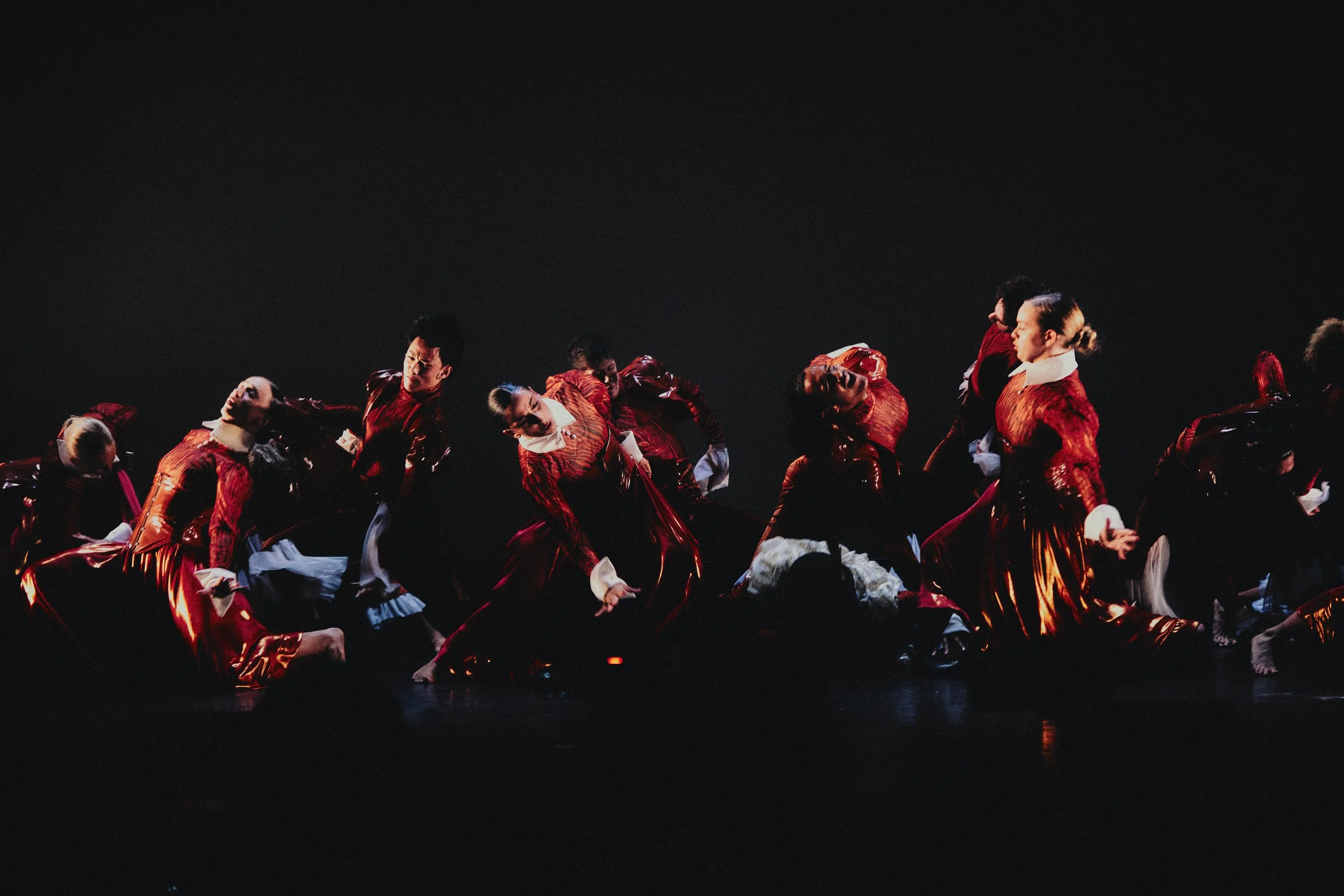
The event began with Emerge, which showcased performances by emerging talent at the forefront of the industry, offering a glimpse into the promising future of London’s dance scene. Hours later, the highly anticipated After Dark performance drew a larger crowd, and with it, an energy shift. While both shows had cheering audiences and polished works, After Dark brought nuance and professionalism that was raw, distinctive, and engaging. Choreographers and collectives including Josh Denyer, Boy Blue, and Space To Create took the stage doing exactly what they do best. Each piece explored its own narrative, from dance as comedy to celebrating inclusivity. Spanning jazz, voguing, African street styles, hip hop, contemporary, and more, the evening unfolded as a mosaic of thoughtful work, one three-minute piece at a time.
The role of an intimacy coordinator, how to set boundaries, and what artists hope to see in the creative work space when it comes to safety and autonomy were all topics part of the conversation.
House of Jazz
“It’s an incredibly high standard of dancing in one place, on one night, under one roof. You can’t find it anywhere else,” said Christie Lee Manning, founder of House of Jazz and one of the choreographers in After Dark. With its captivating dancing and fast-paced program, the atmosphere felt far different from a traditional dance show. Standing stage-side, drink in hand, cheering loudly for the performers, I realized how refreshing it was to escape the stifling experience of other venues. Dance is meant to be fun, social, and entertaining, and finally, it felt that way.
Christie and her dancers also spoke about Dance // Offline’s importance to the community. “This piece probably would’ve never happened without it,” they said. The Manor has become an integral pillar — not only for training, but for creating performance opportunities in a city where they are so scarce. Even in the vast Indigo at The O2, the spirit of community flooded the space.
Watching After Dark, I felt an overwhelming sense of pride for the dance community and its talent. I moved to London from Berlin exactly one year ago and have found the community difficult to penetrate at times. But, that night in the O2, I was moved by the way the dancers rallied together. I experienced exactly what The Manor aimed to create: an inclusive, live showcase that brought the studio’s talent to the stage. I just couldn’t help but wish more people, more non-dancers, were there to see it.
Sisco Gomez in coversation with Gil Duldulao
During the panel discussion with Sisco Gomez and Gil Duldulao, Gil said, “I love the fact that everyone (at The Manor) is so passionate and hungry.” Looking around, I realized the audience was primarily made up of those very same passionate and hungry supporters, celebrating their peers. The show’s vibrancy would’ve impressed just about anyone, and it felt made for dancers and non-dancers alike. And yet, only dancers seemed to be there.
It’s impossible to produce a new show in London without skepticism. Dance // Offline felt approachable and familiar for regular class-takers at The Manor, but for the wider world outside, it may have needed more context. What feels like a soft landing to dancers, can just as easily feel like a daunting crash to someone who’s never danced at all. The show honoured its closest supporters, which was a beautiful thing for the community, yet in doing so, missed the chance to reach the people who most needed to see it. I wished the space was fuller, but even more so, I wished the audience had been more diverse.
The challenge now is bridging the gap and reaching a broader audience — one that can experience the dynamism and joy of London’s dance community for the first time. Dance // Offline proved The Manor has the vision and organisation to deliver on a stage at the O2. By targeting diverse communities, I’m hopeful their audience can grow to match their ambition, because the show — and village of artists behind it — deserves to be seen.

